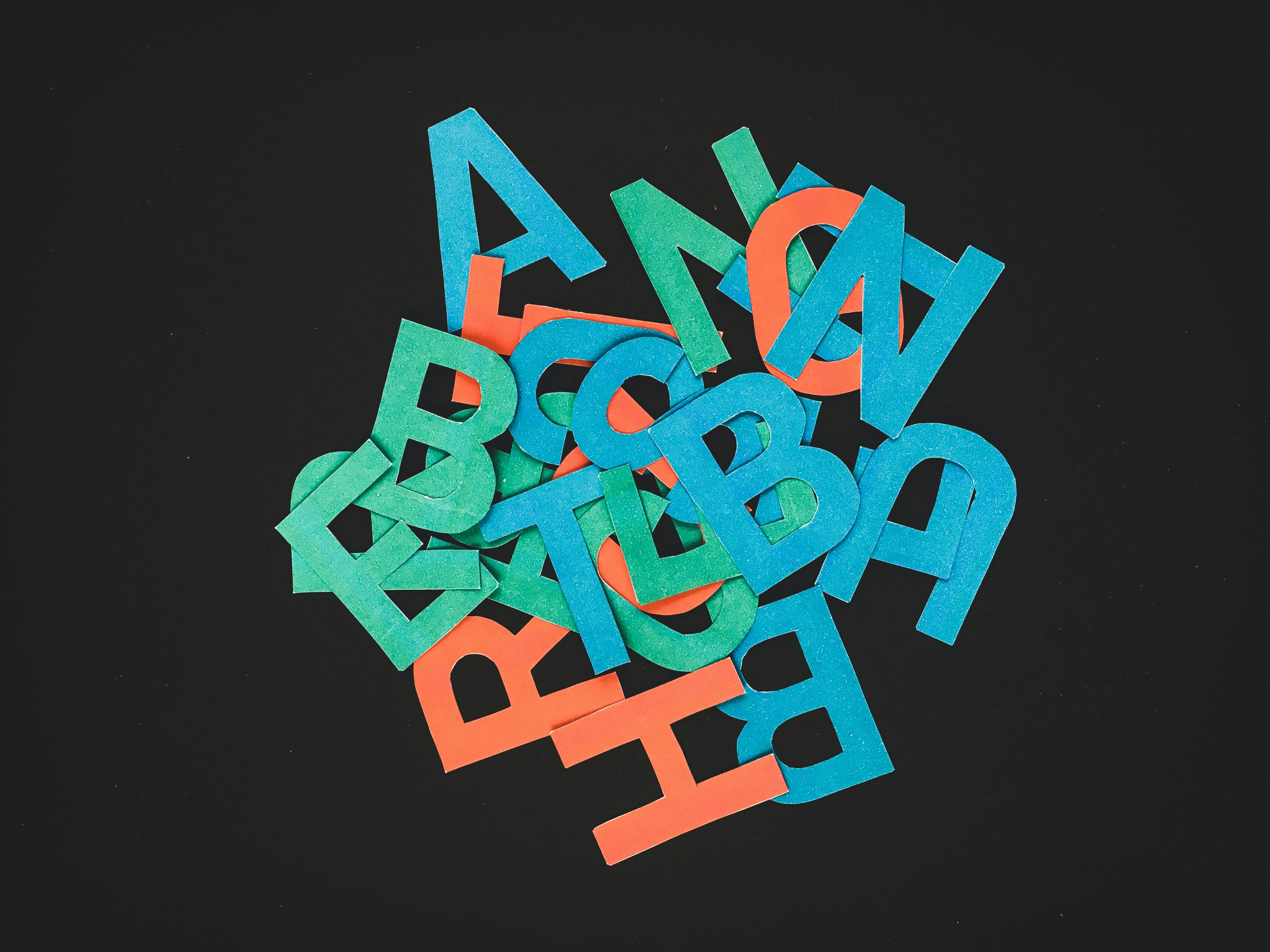In the previous blog, we looked into what emotional dysregulation is and how an individual with autism spectrum disorder can struggle with it. This month, we take a deeper look into understanding the causes and symptoms of dysregulation in individuals with autism. With a new school year starting, we will also highlight one method for supporting self-regulation for students with autism.
Emotional dysregulation can result in the inability to control one’s emotional responses. Individuals with emotional dysregulation may experience drastic responses to their emotions for longer than usual or more frequently. This in turn can result in dysregulation in behaviour such as impulsive behaviour, anxiety and distress.
Understanding the signs of emotional dysregulation
For example, at a time when an individual with ASD is feeling emotionally dysregulated, they may show:
• Less peer engagement, for example, leaving or withdrawing from others
• Difficulty communicating with others
• An increase in restricted and repetitive behaviours. For example, when a child prefers a certain food, they may insist on only eating that food when emotionally dysregulated
• An increase in sensory challenges. For example, an individual with auditory hypersensitivity may cover their ears or leave a noisy environment
• Difficulty adjusting to changes in their routine or environment
• Challenging behaviours
For individuals with autism spectrum disorder, the inability to control their emotions is a major contributing factor to developing emotional dysregulation. Individuals on the spectrum are unable to recognise and process certain stimuli which paves a pathway for emotional dysregulation. As a result, it could have a lifelong influence on the quality of life for individuals on the spectrum such as anxiety, depression and social imbalance.
• Social and communication difficulties
• Difficulty controlling emotions and behaviours
• Neurological problems
• Early childhood or psychological trauma
Emotional dysregulation in children can often be carried into adulthood and result in mental health disorders.
Here are a few related disorders that may be present in individuals with Emotional Dysregulation:
• Attention-deficit hyperactivity disorder (ADHD)
• Autism spectrum disorder (ASD)
• Borderline personality disorder (BPD)
Students with autism who struggle with emotional dysregulation can benefit from strategies that teach self-regulation skills that focus on visualization and practice. These coping strategies can be visualized through modeling or watching a video. They can also be practiced through role-playing in the natural environment.
Video Modeling is a term used for teaching new skills by having others act out the “how to” of the skill and showing the video to the student for reference.
Here are a few tips on making one for yourself:
1. Choose a skill to teach, such as taking deep breaths when upset
2. Identify the important aspects of the sequence and write them down
3. Film it! Remember to keep language minimal and the video short. The goal is to ensure the learner focuses on the relevant actions and words necessary to complete the sequence only.
4. Play the video for the learner. You can show it up to 3 times to begin!
5. Provide any necessary materials and instruct the learner to try them!
6. Using the sequence of steps that you have written, record which steps the learner can do independently
7. If the learner needs some assistance, provide as much as needed to ensure the learner is acting out the steps shown in the video
8. Reinforce! Make sure to provide a reward for the learner’s efforts, and praise the student for participating
9. Practice makes perfect! Continue to show the video model until the skill occurs naturally in the context
Explore our courses at Sonderly to gain a better understanding of dysregulation in individuals with autism.





